Pillar Fifteen
Artwork by A. Manivelu
Top
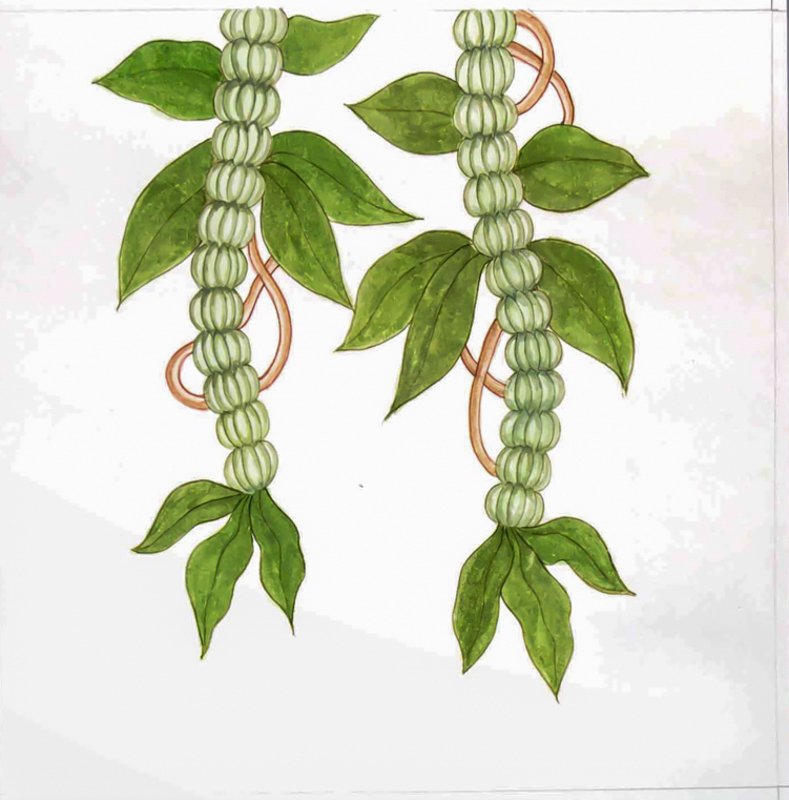
NORTH FACE:
MokihanaMokihana, shown here as a garland, is the official berry of Kauai. It is rare and thus highly prized as a lei for special occasions. It is a native citrus tree (Rutaceae Melicope anisata).

EAST FACE:
CorianderThis is coriander (Coriandrum sativum), an annual herb also known as Chinese parsley. In North America the stems and leaves are usually called cilantro. All parts of the plant are edible, but the fresh leaves and the dried seeds (as a spice) are the parts most traditionally used in cooking.

SOUTH FACE:
DipaThis is the dipa, the small oil lamp, often made of clay. The dipa is an auspicious offering, especially during festivals like Dipavali.
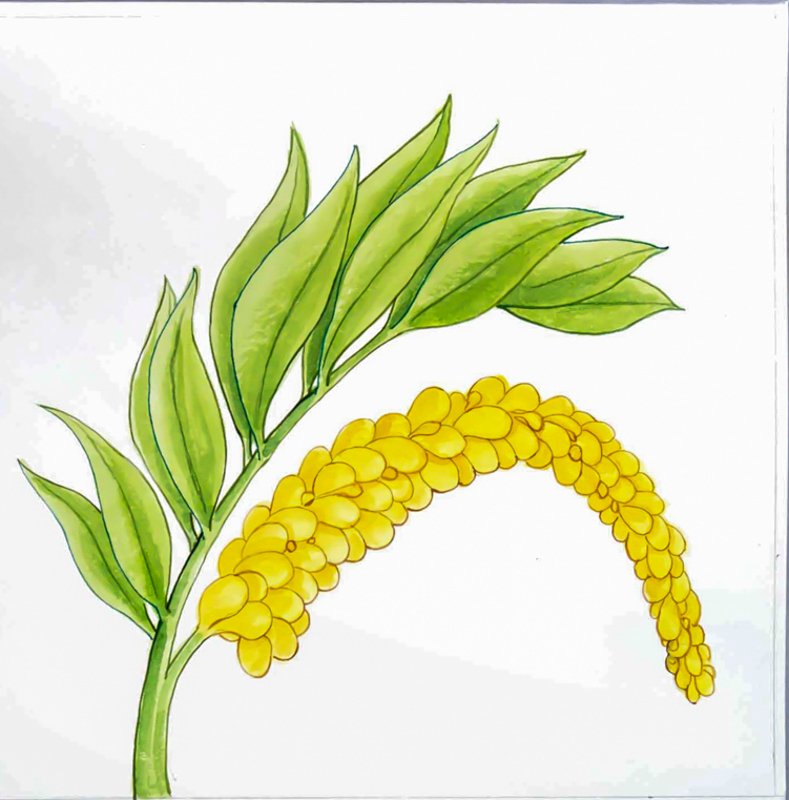
WEST FACE:
Golden Shower TreeThe Golden Shower tree, Cassia fistula, is a symbol of Siva’s cascading, abundant, golden grace. The Tamil word is konrai. The flowers are sacred to Siva and thus the San Marga path leading to Iraivan Temple is planted on both sides with konrai trees.
1 of 4
Middle

NORTH FACE:
Sense of WithdrawalThe turtles here represent pratyahara, meaning “withdrawal,” the drawing in of forces. In yoga, the withdrawal of awareness from external consciousness so deeper realms may be experienced.
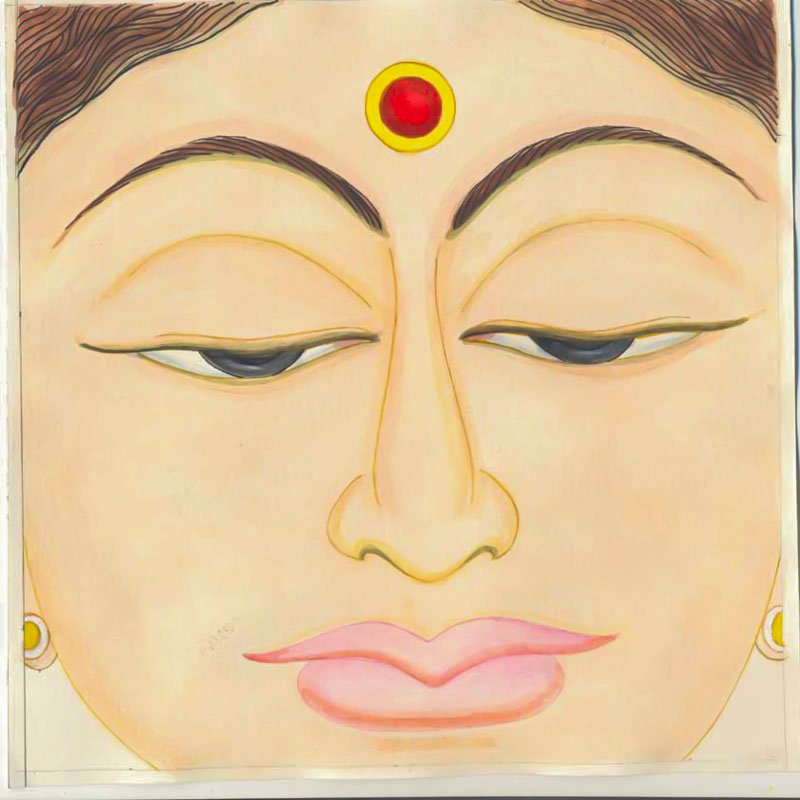
EAST FACE:
MeditationThis woman is in deep meditation, called dayana in Sanskrit. In Gurudeva’s teachings attention leads to concentration, which leads to meditation, which culminates in samadhi.
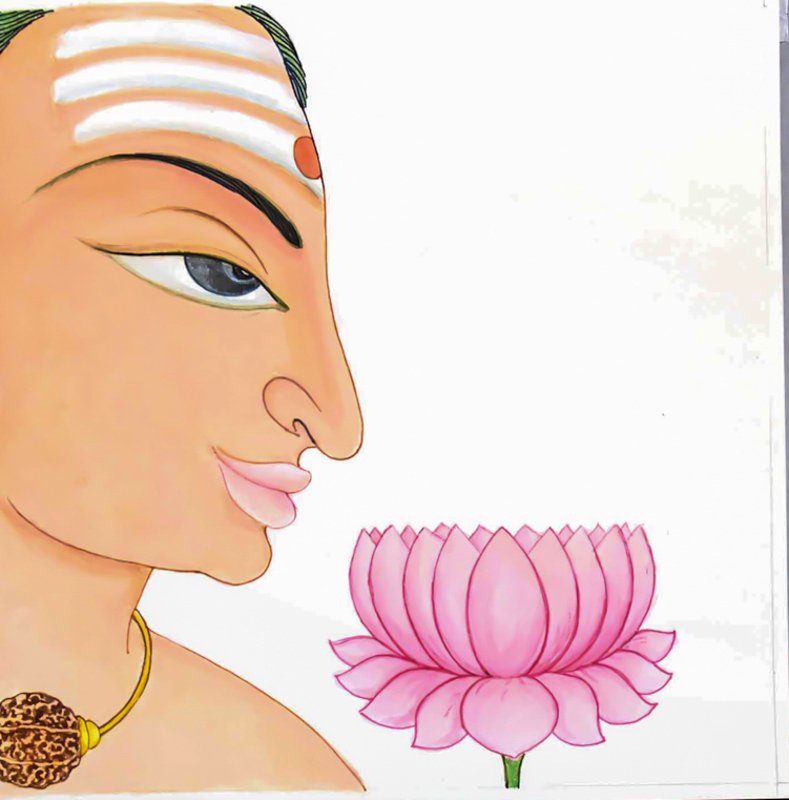
SOUTH FACE:
ConcentrationDharana is concentration. From dhri, “to hold.” Here a man concentrates his mind on a lotus flower, focusing solely on the flower and seeking to not allow distraction.
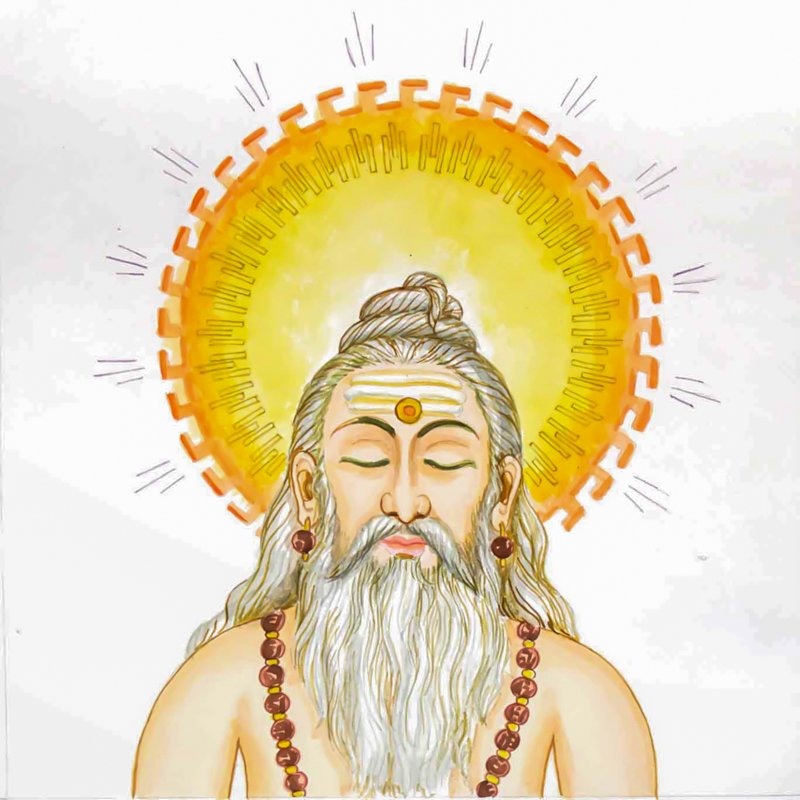
WEST FACE:
SamadhiHere a meditator has transcended all lower states to enter into samadhi, indicated by his nimbus or halo. Samadhi means “enstasy, standing within one’s Self.” It also has connotations of “sameness; contemplation; union, wholeness; completion, accomplishment.” Samadhi is the state of true yoga, in which the meditator and the object of meditation are one. Samadhi is of two levels. The first is savikalpa samadhi (“enstasy with form” or “seed”): identification or oneness with the essence of an object. Its highest form is the realization of the primal substratum or pure consciousness, Satchidananda. The second is nirvikalpa samadhi (“enstasy without form” or “seed”): identification with the Self, in which all modes of consciousness are transcended and Absolute Reality, Parashiva, beyond time, form and space, is experienced. This brings in its aftermath a complete transformation of consciousness. In Classical Yoga, nirvikalpa samadhi is known as asamprajnata samadhi, “supraconscious enstasy”—samadhi, or beingness, without thought or cognition, prajna. Savikalpa samadhi is also called samprajnata samadhi, “conscious enstasy.” (Note that samadhi differs from samyama, the continuous meditation on a subject or mystic key [such as a chakra] to gain revelation on that subject or area of consciousness. As explained by Patanjali, samyama consists of dharana, dhyana and samadhi.)
1 of 4
Bottom

NORTH FACE:
Religious LifeReligious life. This is Shum script for shum, kanef, oo, makaif. It is a meditation in Gurudeva’s language of meditation and one of the 12 meditations he asked us to carve on the pillars. This is the February meditation. Kanef is the contemplative lifestyle found within the structure and vocabulary of the Shum language, which leads to Self-Realization and the feeling of being the center of the universe. The double o, oo, is the connecting word, meaning and. Makaif is the philosophy of the inner path of enlightenment found within the Shum language.

EAST FACE:
IntrospectionIntrospection. This is Shum script for tyemmuif, niimf, balikana, milinaka. It is a meditation in Gurudeva’s language of meditation and one of the 12 meditations he asked us to carve on the pillars. This is the January meditation. Tyemmuif is the contemplative practice of looking within with the eyes partially open. Nimf is the curved swash which designates awareness flowing through the mind, moving from one area to another. Balikana is seeing the moon-glow light within the mind. Milinaka is the light that comes when balikana is sustained for a long time, a brighter and more persistent light in the mind.
1 of 2
